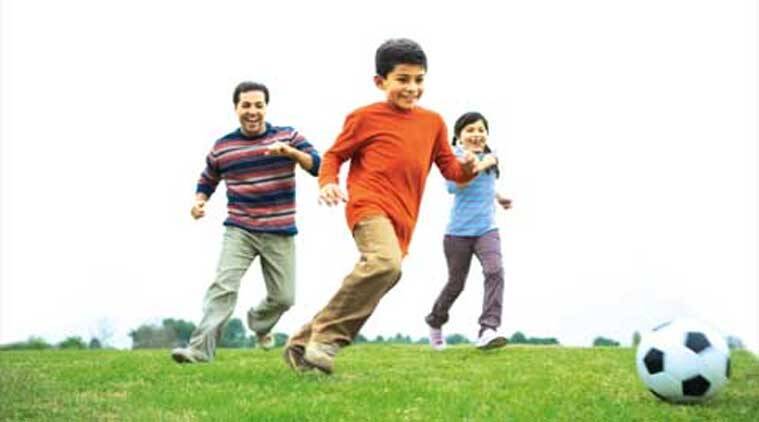In the second installment of "Physical Culture for Children", Dr. Louis George discusses how to avoid injuries and sustain physical activity in children for a long time in a healthy manner.
Physical Culture For Children – II

However, major injuries are also a possibility. Most injuries that occur are a result of inappropriate exercise regimes and can be avoided.
There’s no need to be in a hurry. They have 80 years of life ahead of them. You’re just preparing the ground. Maybe the foundation. What they ultimately build, should be left to them.
*Don’t make them specialise too early*
For example, martial arts such as Karate, Kalari, Wrestling, silat, jiujitsu, or even MMA. Six years and upwards is the best time to get them started with martial arts and dance. Depending on their personal preference, you’ll have to arrange for either. If possible, both. Martial arts will improve their dance, and the dance will improve their martial arts skill. If your daughters are more interested in martial arts, count your lucky stars and encourage them as much as possible. Only if they absolutely refuse martial arts, should you give them an exemption. Again, participation is key. Join them in their classes. You might need to go along with them for a few months. Later on, you’ll find that they are interested enough to stay. Sometimes you’ll find that you are interested enough to stay.
*Don’t be too fixed in your ideas about what sort of physical training is needed.*
They need movement of all kinds. It needs to be fun.
*Never push children to exhaustion*
Don’t let them push themselves to exhaustion either. There will be some extremely motivated children who will do that on their own. Those children are pure gold, and it is your job to protect them till their bodies are ready to take that load.

Leave a Reply